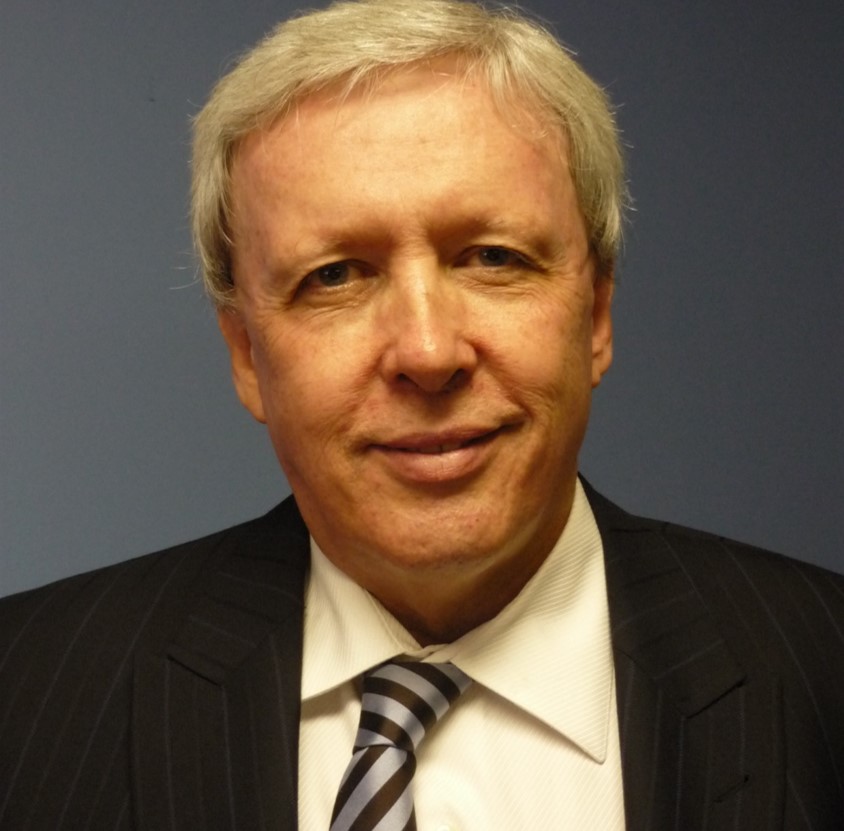 |
||
Chris Perry is a Consultant Surgeon in Otoloaryngology/Head and Neck surgery at Princess Alexandra Hospital and Lady Cilento Childrens’ Hospital, Brisbane and an Associate Professor at the University of Queensland. He has previously been an examiner for the Royal Australasian College of Surgeons and a visiting examiner in ENT in the USA, Malaysia and Papua New Guinea. He is a founder of the “Deadly Ears” Aboriginal health outreach service, Chairman of the Multidisciplinary Head and Neck Cancer Clinic, Princess Alexandra Hospital, Australia, and President of the Australian Otolaryngology Head and Neck Society.
He has had strong interest in adult olfactory stem cell research with Griffith University for twenty years. His head and neck cancer research interests include early diagnosis of head and neck cancer through saliva markers, circulating tumour cells, dental trauma carcinogenesis, trans-oral robotic surgery, and paediatric tumours. He has convened six bi-annual international thyroid cancer meetings in Australia and is on the council of The Asia Pacific Thyroid Association. He has worked closely with Dr Chamindie Punyadeera’s research on salivary markers of head and neck cancer, human papilloma virus studies, and circulating tumour cell work for a number of years. Deadly Ears – An Australian Approach to a Problem Killing Aboriginal Australians Australian ENT surgeons have been involved with outreach services for PNG and other Pacific countries. Our main focus however is for Aboriginal ear disease.
Aboriginal Australians have the highest rate of ear disease in the world – up to 90%. Otitis media, glue ear and CSOM are conditions of First Peoples. The Inuit’s, the Navajo Indians and Mauri’s have increasing incidence of these conditions. However in Aboriginal Australia disease rates are a multiple of the Mauri rate – something Australia cannot be proud of. There are many Australian ENT surgeons involved with a number of different services. The best outreach services are in Queensland, the Northern Territory and Western Australia. There are regional and state differences in approach and they will be outlined. In some states almost nothing is being done. Up to 30% of Aboriginal people living in the APY lands of northern South Australia have perforated eardrums.
This talk will go through causes, treatments, implications and the future directions to attack this problem.
Where Have Olfactory Stem Cells Gone?
The author has been involved with the cellular biology of the olfactory area for twenty five years. This started with mapping the olfactory area, then using the olfactory cells to diagnose serious neurological conditions, and to try to treat traumatic spinal cord injury.
The Brisbane Spinal Injury study from 2001-2004 was a safety study implanting autologous olfactory ensheathing cells (O.E.C’s) around the injuries of paraplegic people with thoracic spinal cord injuries. There was some improvement in one patient’s symptoms about three years after the injury. Another study using O.E.C’s is likely to be undertaken in Brisbane.
There was a near-cure of a paraplegic persons’ symptoms using O.E.C’s in an operation done in Poland eighteen months ago. The patient can walk and ride a bike after two years in a wheelchair from an injury due to a knife blade.
This talk will go through the current state of O.E.C’s in paraplegia treatments. It will touch on the use of olfactory stem cells for the investigation of schizophrenia, Parkinson’s disease, ataxia telangiectasia etc.
|
